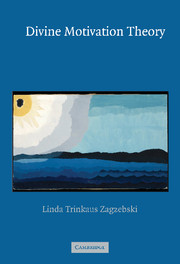Book contents
2 - Making emotion primary
Published online by Cambridge University Press: 02 December 2009
Summary
No emotional apprehension of an object as frightening, irritating, saddening, etc. can arise except against the background of a complete alteration of the world. For an object to appear formidable, indeed, it must be realized as an immediate and magical presence confronting the consciousness.
Jean-Paul Sartre, Sketch for a Theory of the EmotionsSTARTING WITH EXEMPLARS
If a natural kind N is defined by direct reference, it follows that the metaphysical question “What is N?” is not independent of the epistemological question “Can we identify an N?” Direct reference ensures that our semantic community cannot be radically mistaken about the members of the class of N. Water just is the class of stuff like this. Since the semantics guarantees that there is a sense in which we know what N is, it protects against a certain kind of skepticism. We have already seen that this does not mean that we can identify what makes something an N. That is something we have to find out by scientific investigation. But even about that question, we have a safeguard against a form of skepticism. Whatever makes water what it is, it is what makes this kind of stuff what it is, so at least we know what we need to investigate in order to find out the nature of water.
Exemplarist ethical theory protects against a form of moral skepticism for the same reason that direct reference protects against a form of skepticism about natural kinds.
- Type
- Chapter
- Information
- Divine Motivation Theory , pp. 51 - 95Publisher: Cambridge University PressPrint publication year: 2004



